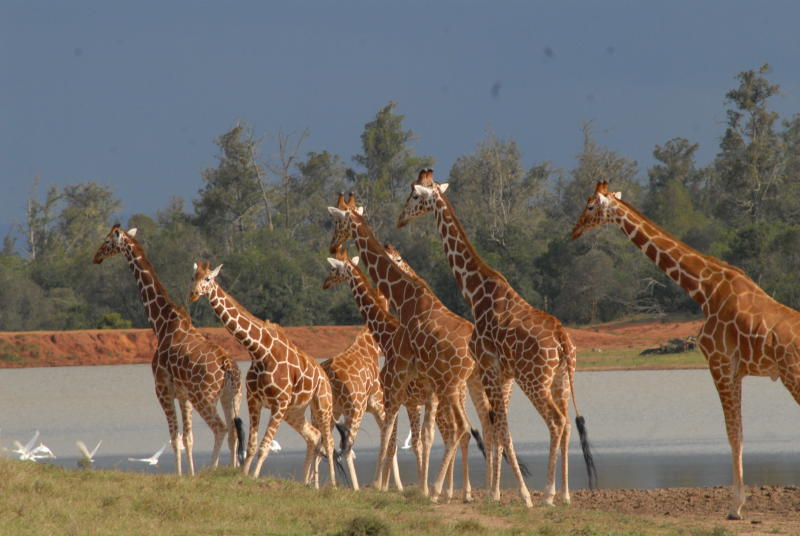×
The Standard e-Paper
Kenya's Bold Newspaper

Sights and attractions in Northern Kenya. [Courtesy]
There was a time when venturing far out into the northern part of Kenya was akin to a death wish, and for good reasons. Kenya’s north is characterised by a harsh climate where thorny shrubs offered little shelter to a weary traveller. In an area where little in the way of food or cash crop grow, life here was for the brave.